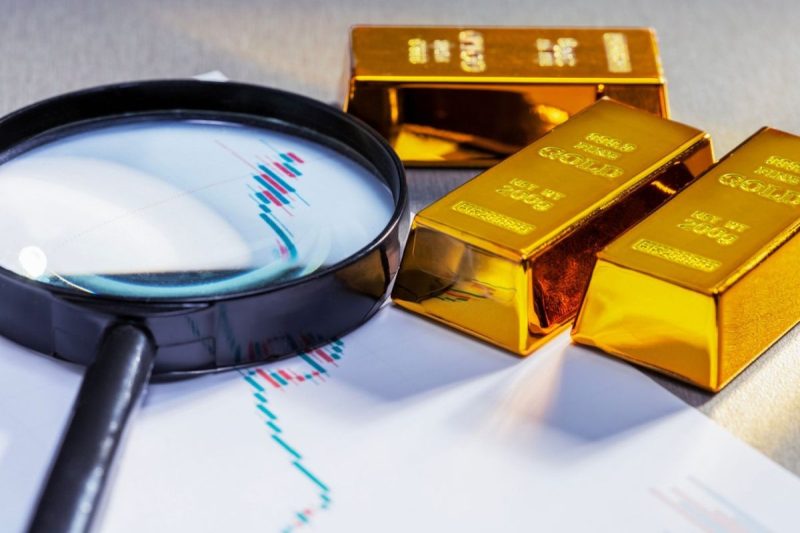Gold is a precious metal that has been highly valued throughout history for its beauty, rarity, and intrinsic qualities. Over the years, the price of gold has fluctuated, reflecting changes in economic conditions, geopolitical events, and market demand. Investors, central banks, and individuals alike have been drawn to gold as a safe haven asset and a hedge against inflation.
In recent years, the highest price for gold was recorded in 2023 when the metal reached an all-time high of $2,090 per ounce. This surge was driven by various factors, including economic uncertainty, low interest rates, and a weakening US dollar. Investors flocked to gold as a store of value amidst the turbulence of global markets, pushing its price to unprecedented levels.
The COVID-19 pandemic also played a significant role in the extraordinary rise in gold prices. As the pandemic wreaked havoc on economies worldwide, central banks implemented massive stimulus measures to support financial markets and prop up economies. This flood of liquidity boosted the demand for gold as investors sought refuge from the uncertainty and volatility in traditional assets like stocks and bonds.
Additionally, geopolitical tensions and trade conflicts have fueled the demand for gold as a safe haven asset. Political instability, trade disputes, and currency devaluations have led investors to seek the security of gold, driving its price higher.
Looking ahead, the future of gold prices remains uncertain, as it is influenced by a complex interplay of economic, political, and market factors. Factors such as inflation rates, interest rates, currency movements, and global events will continue to shape the trajectory of gold prices.
Despite its volatility, gold remains a valuable asset that has stood the test of time as a store of wealth and a safe haven in times of crisis. Investors and collectors alike will continue to monitor gold prices closely, as they navigate the ever-changing landscape of the global economy and financial markets.
